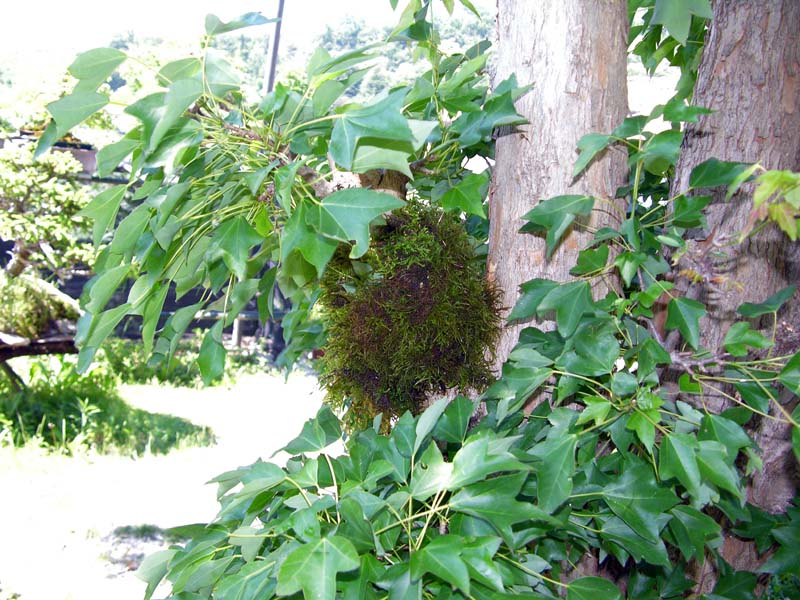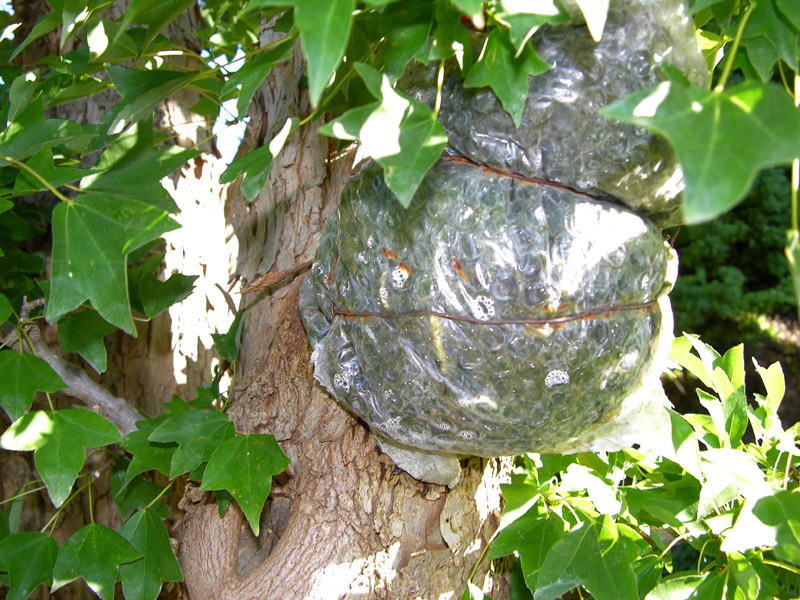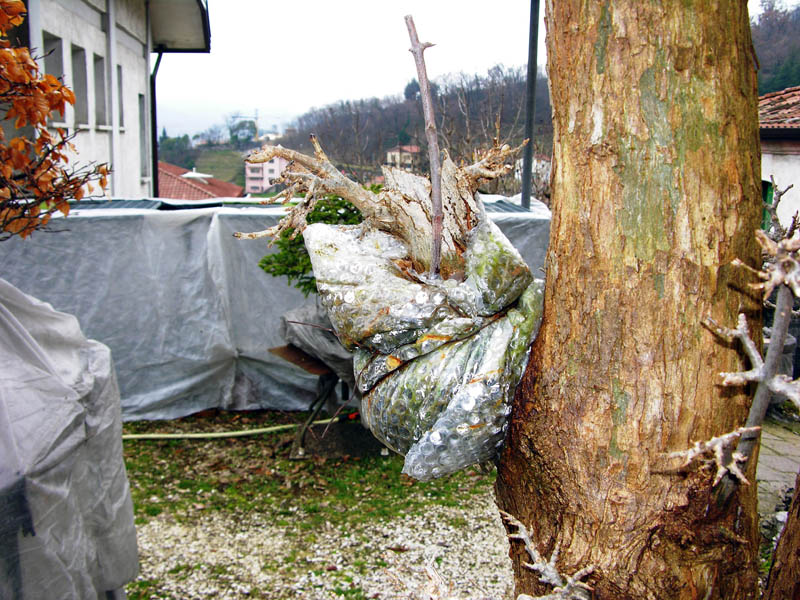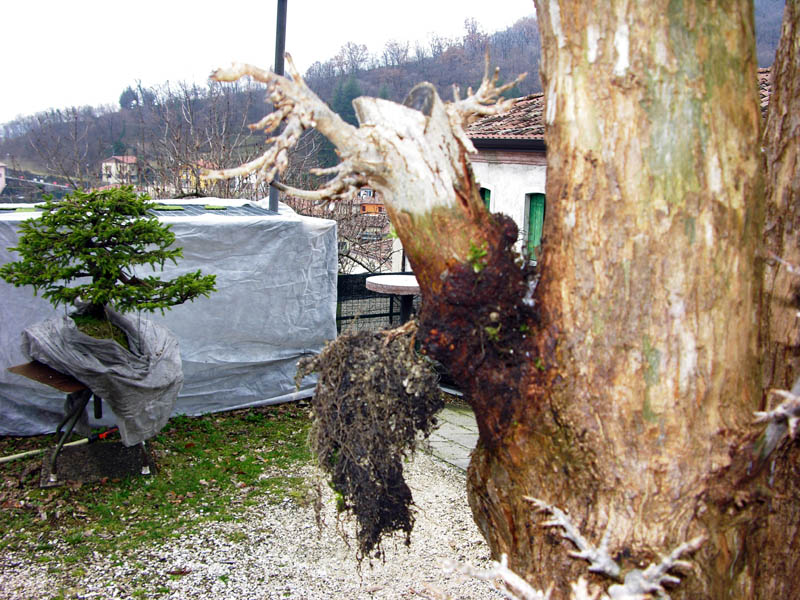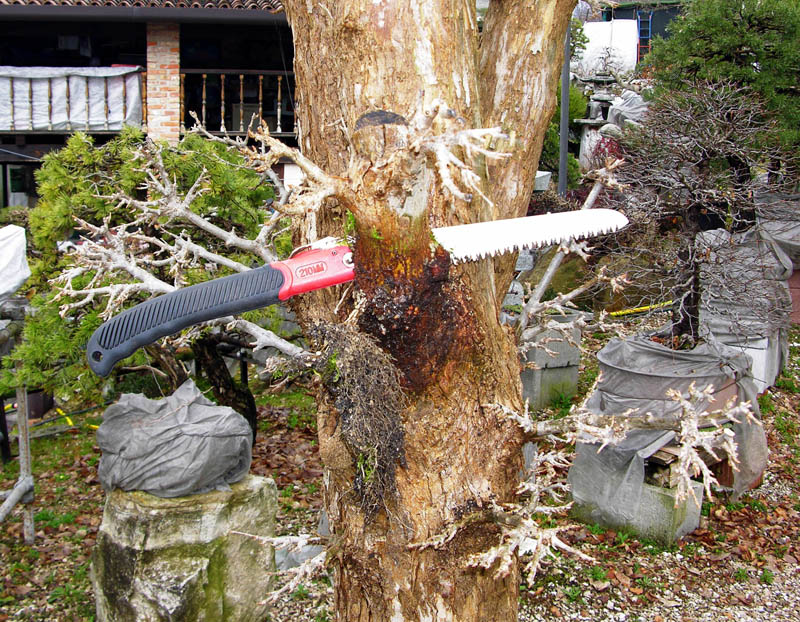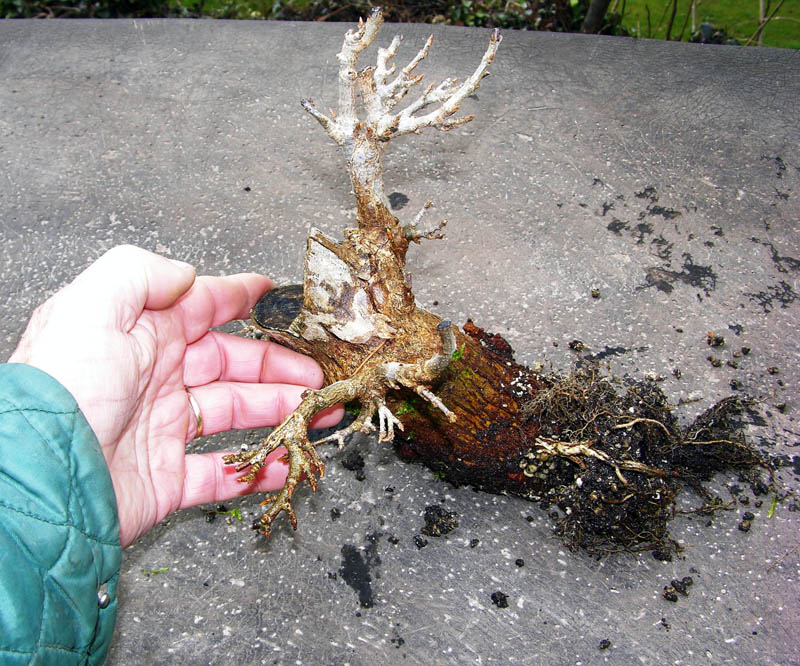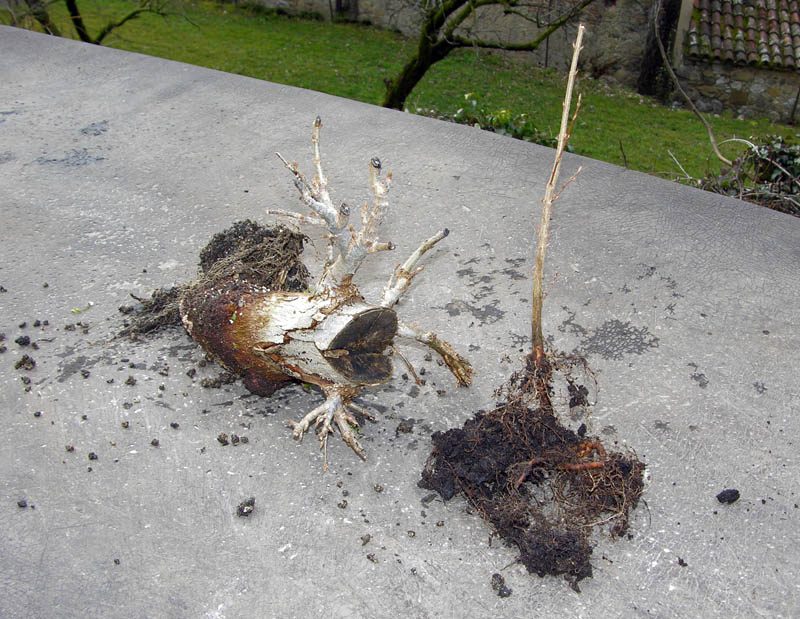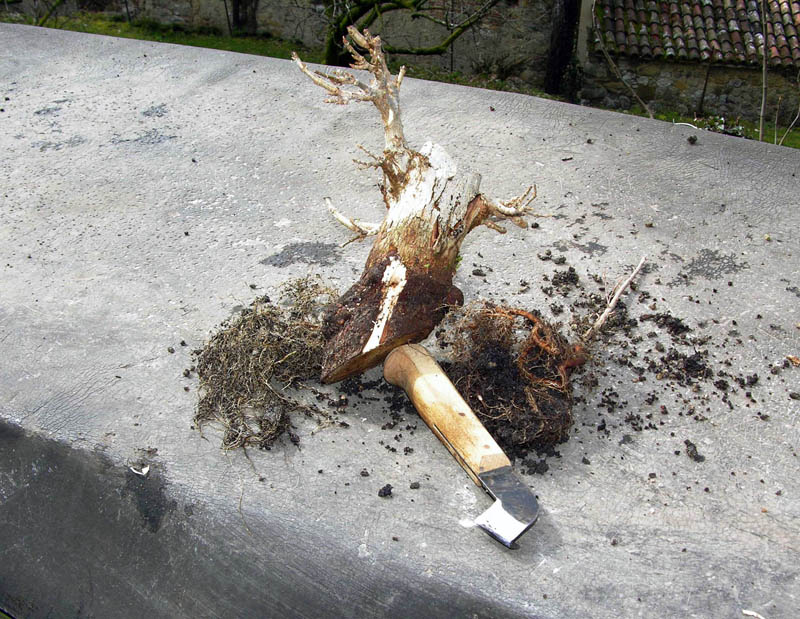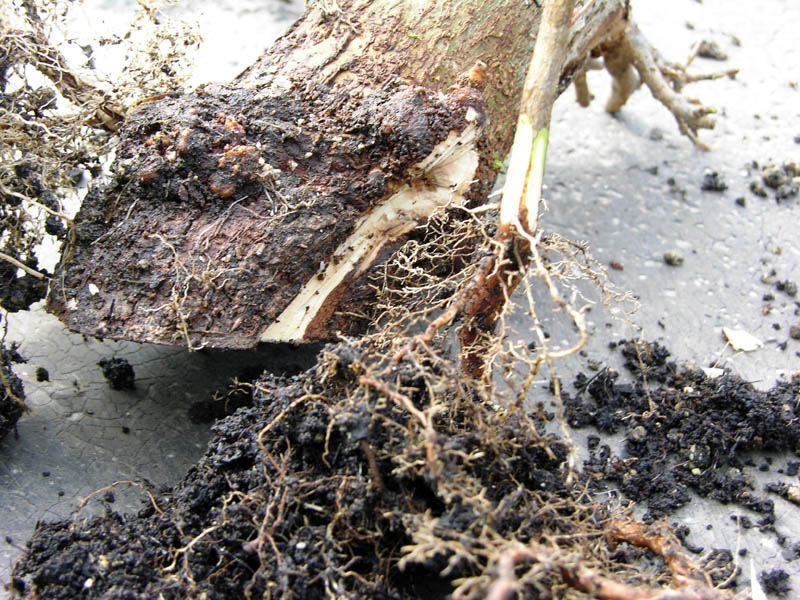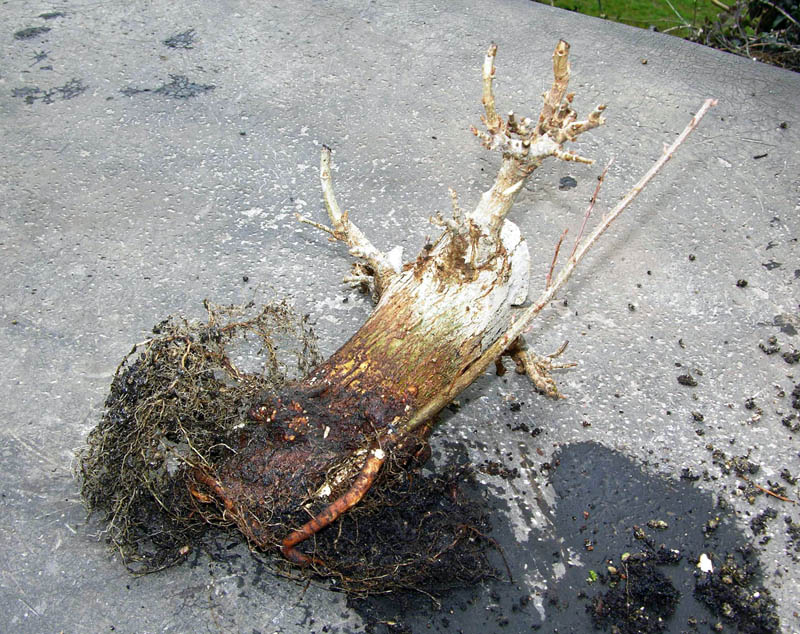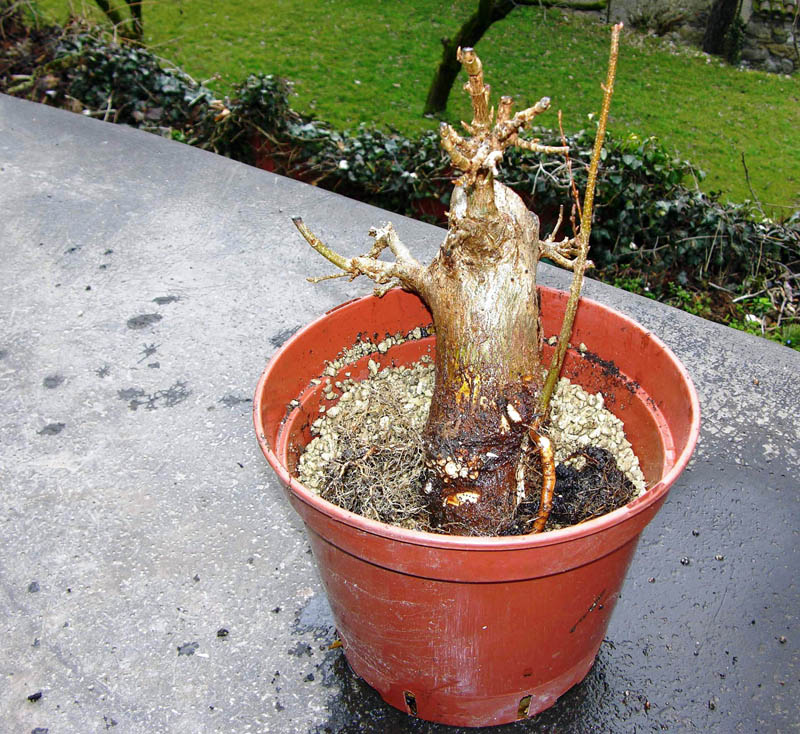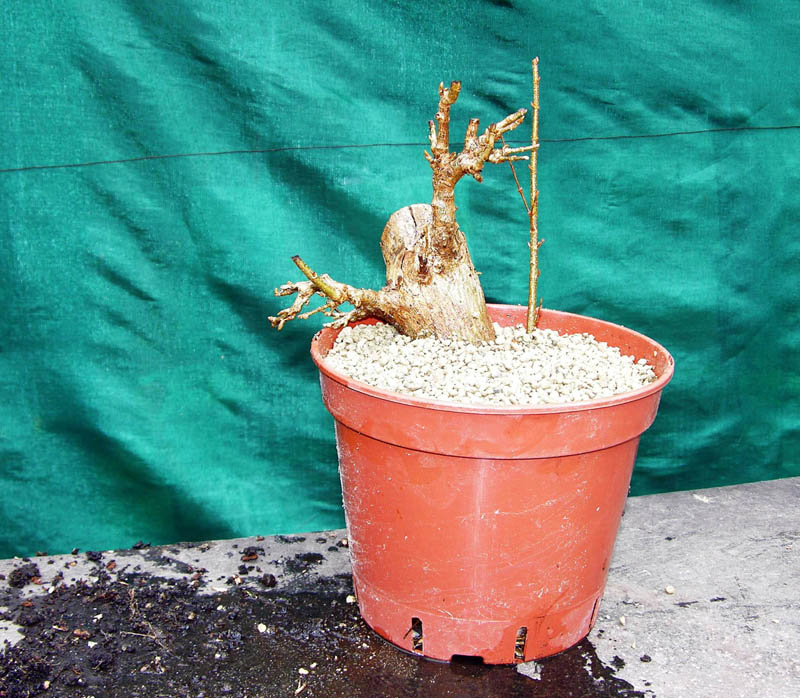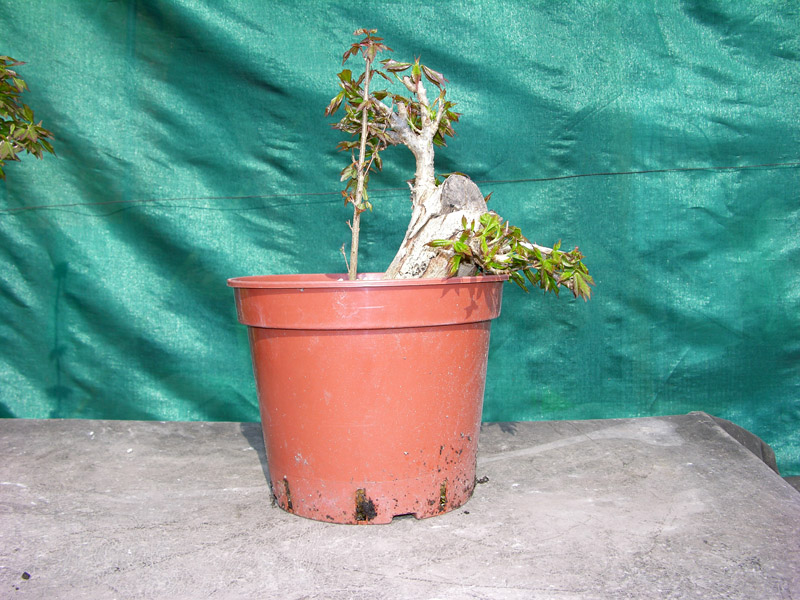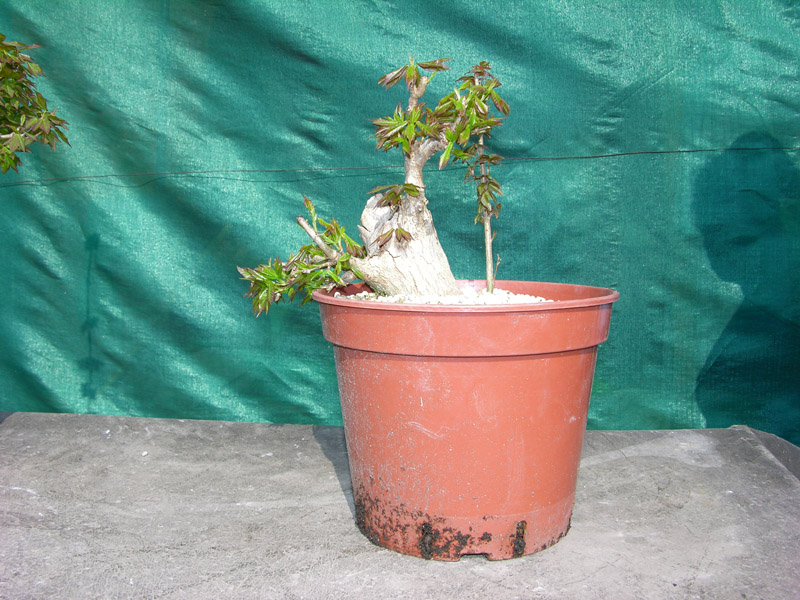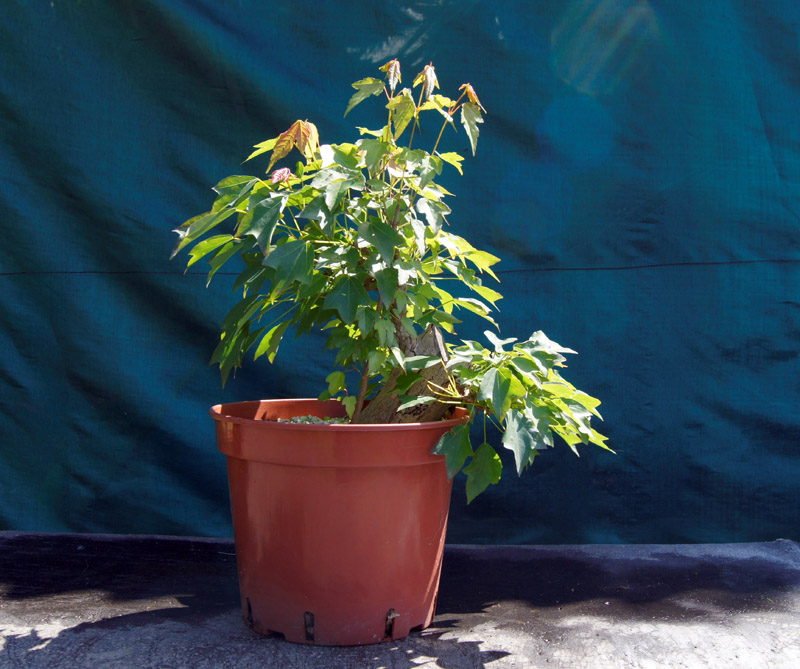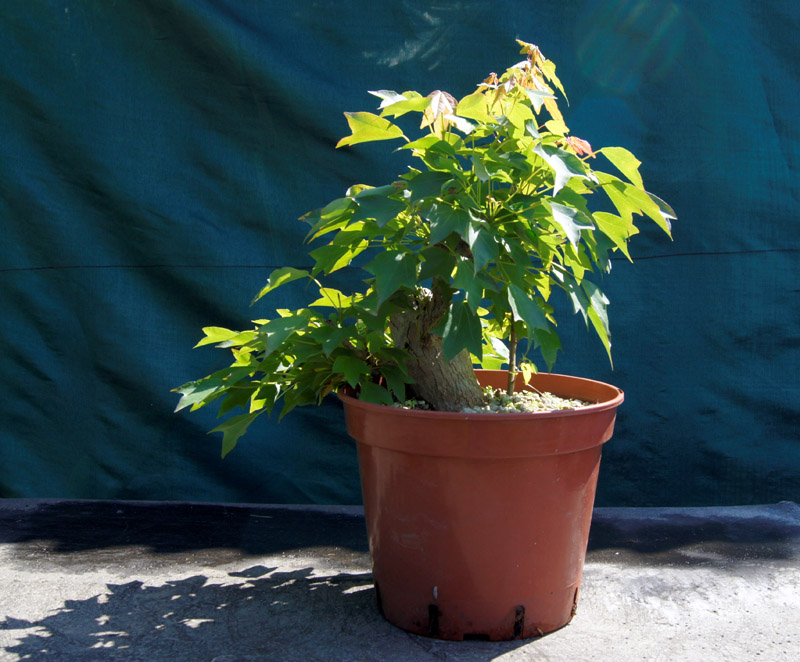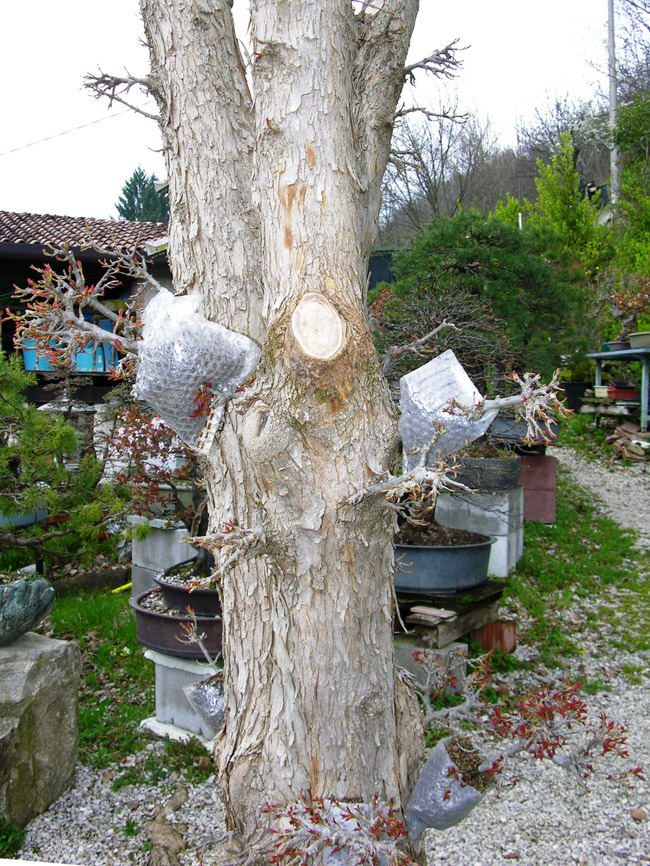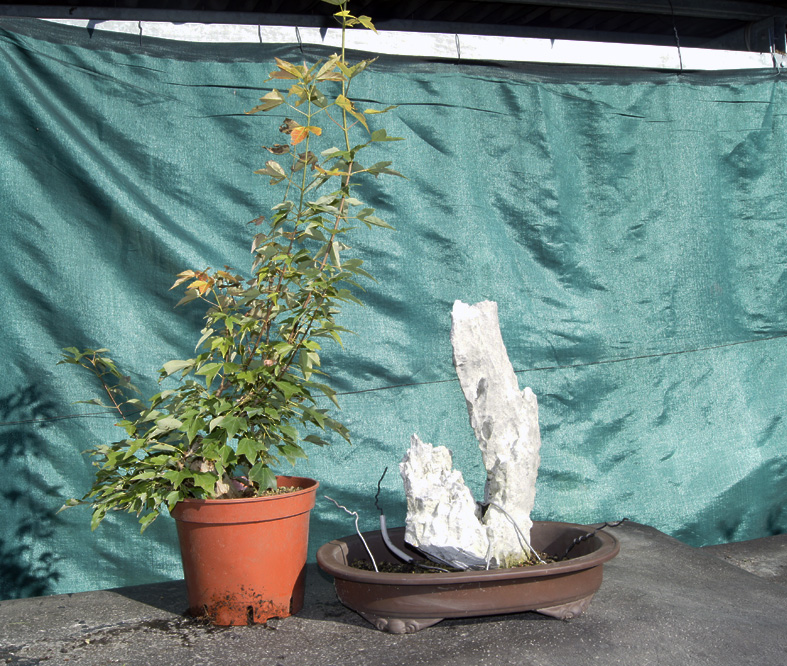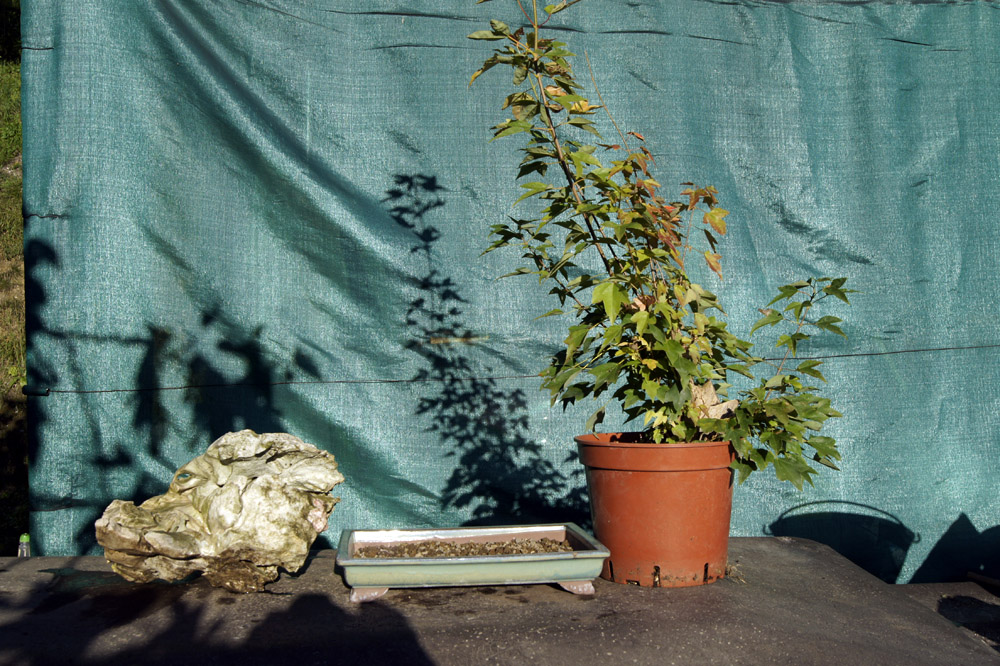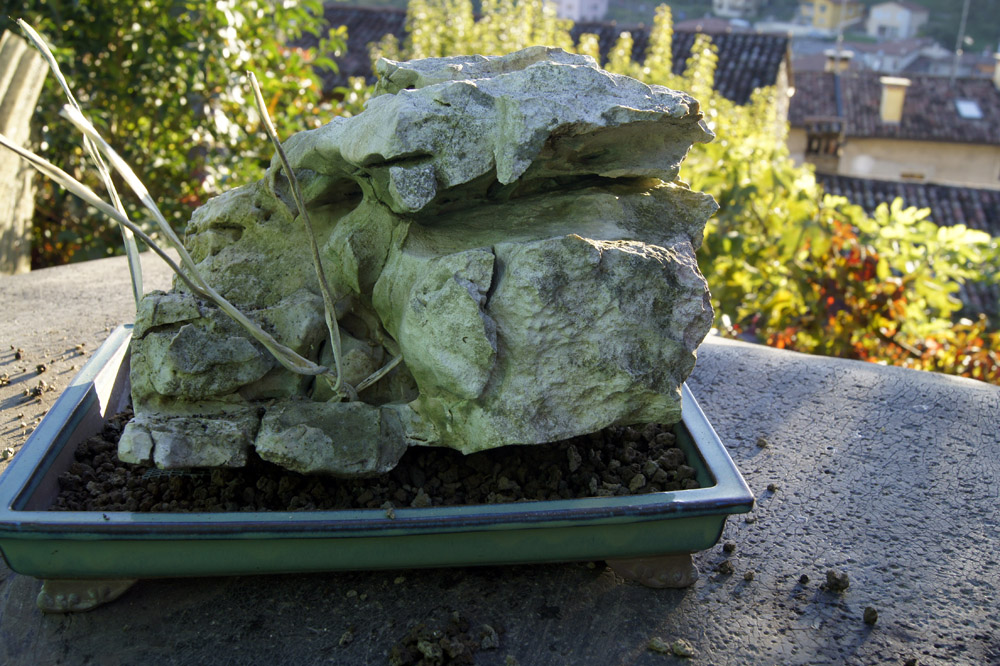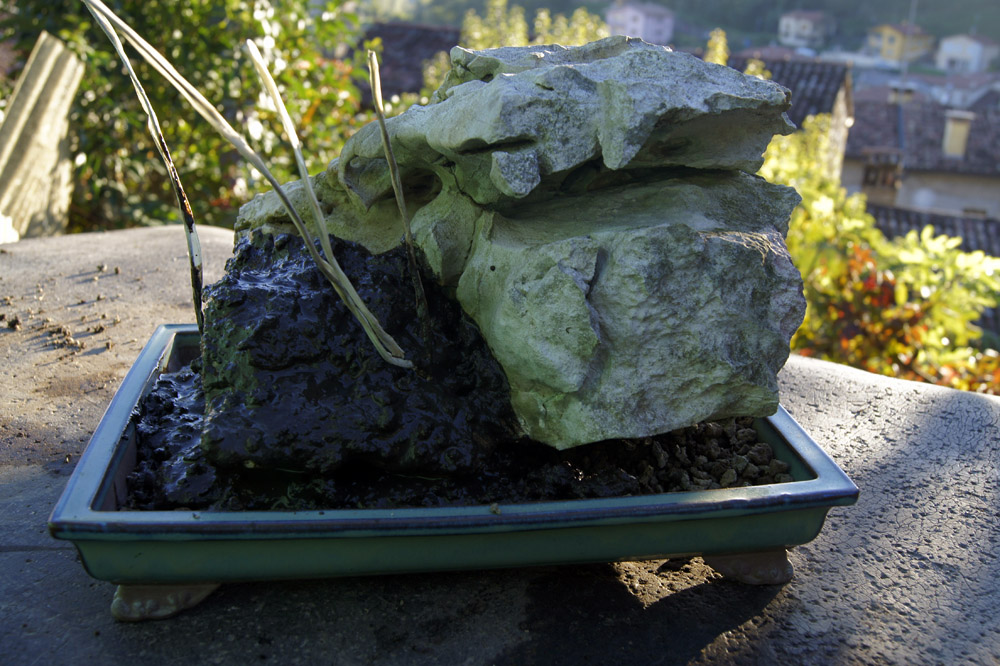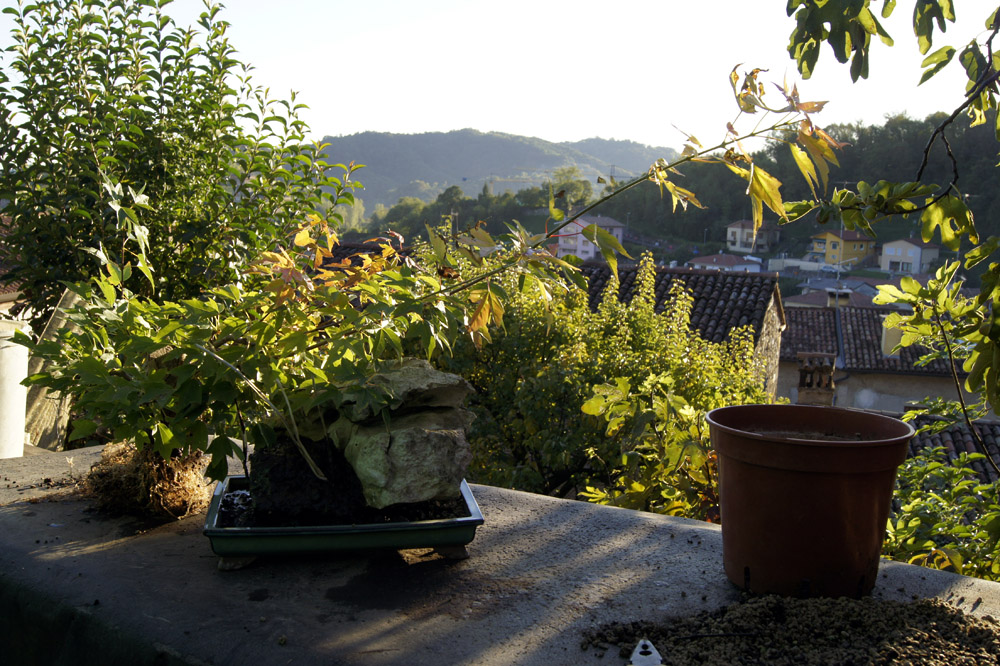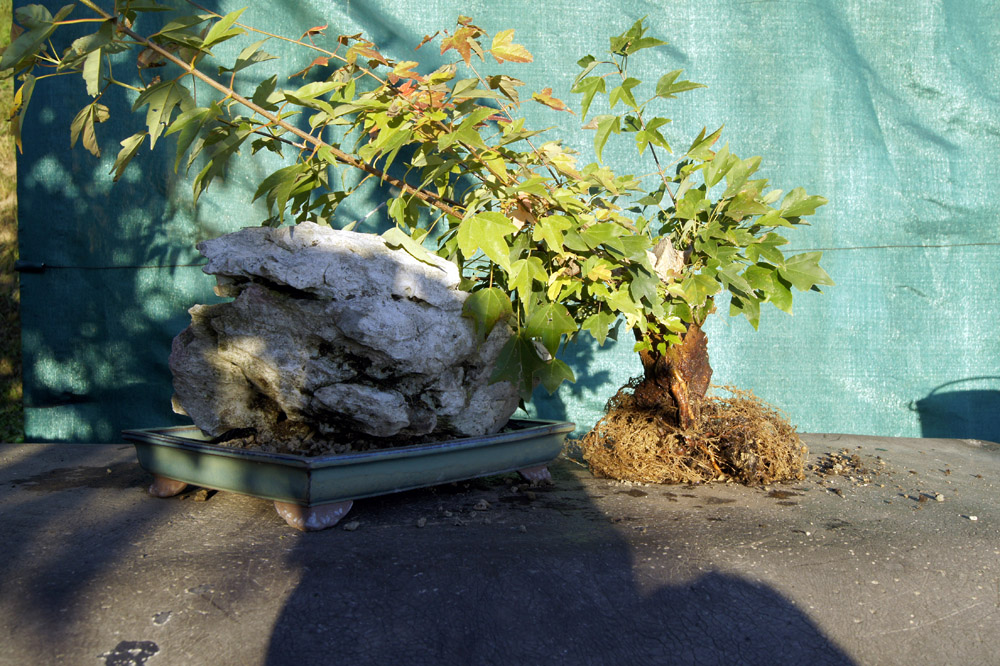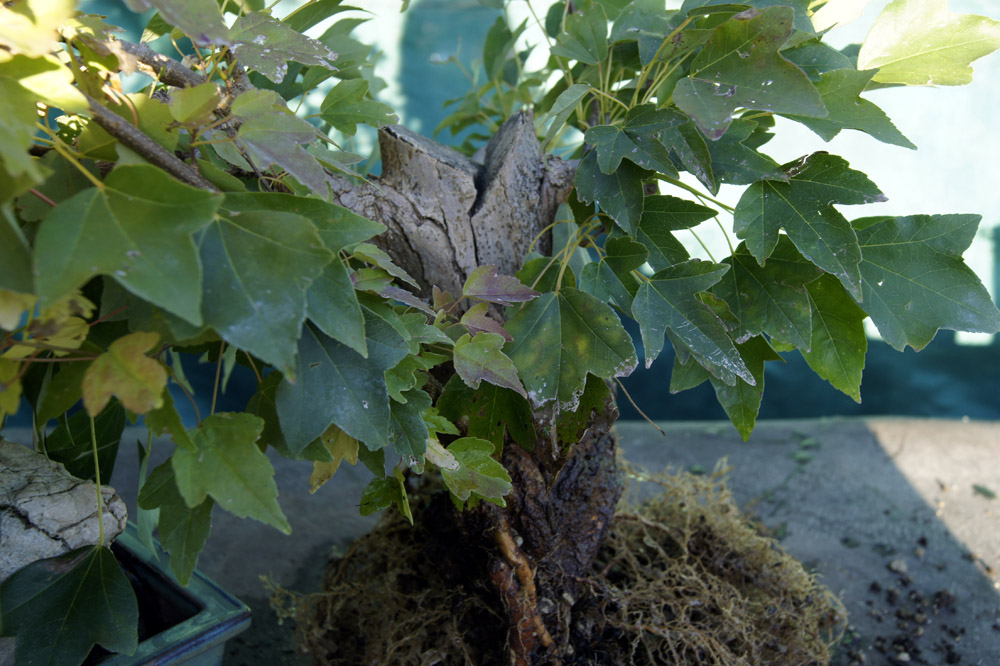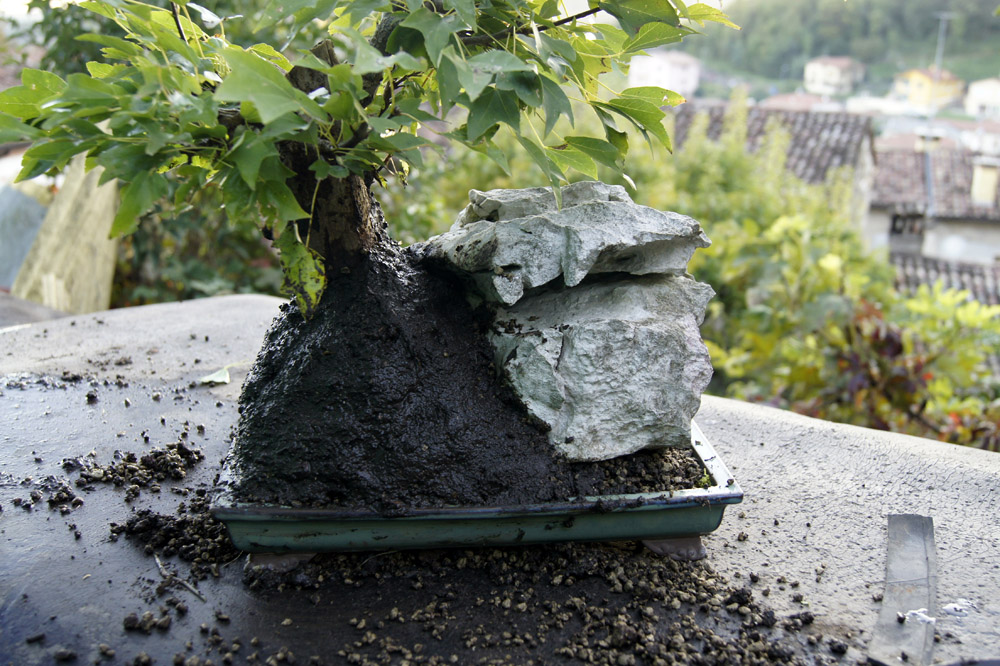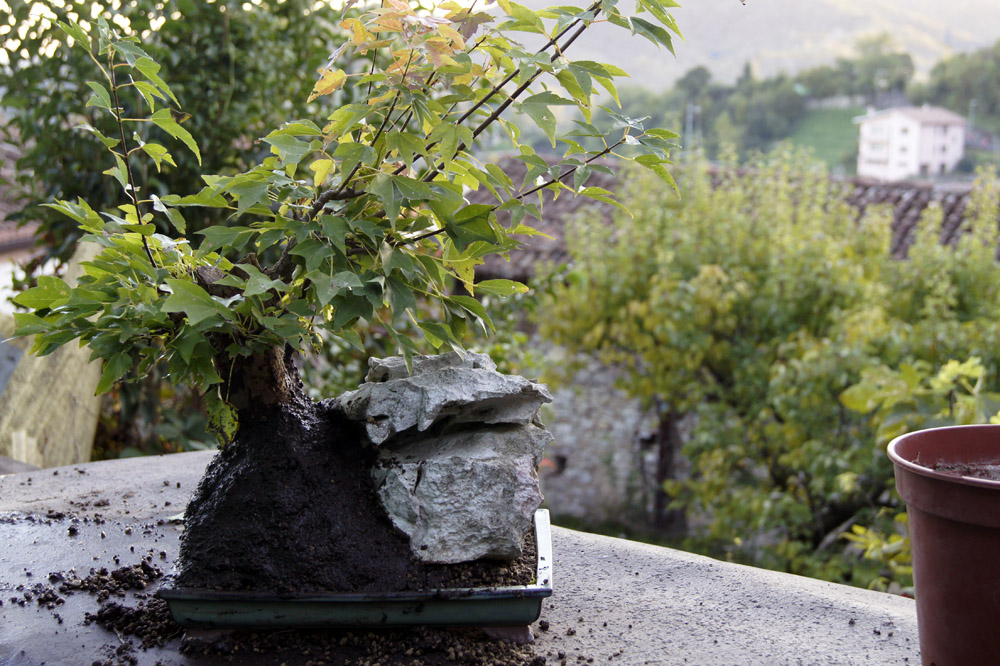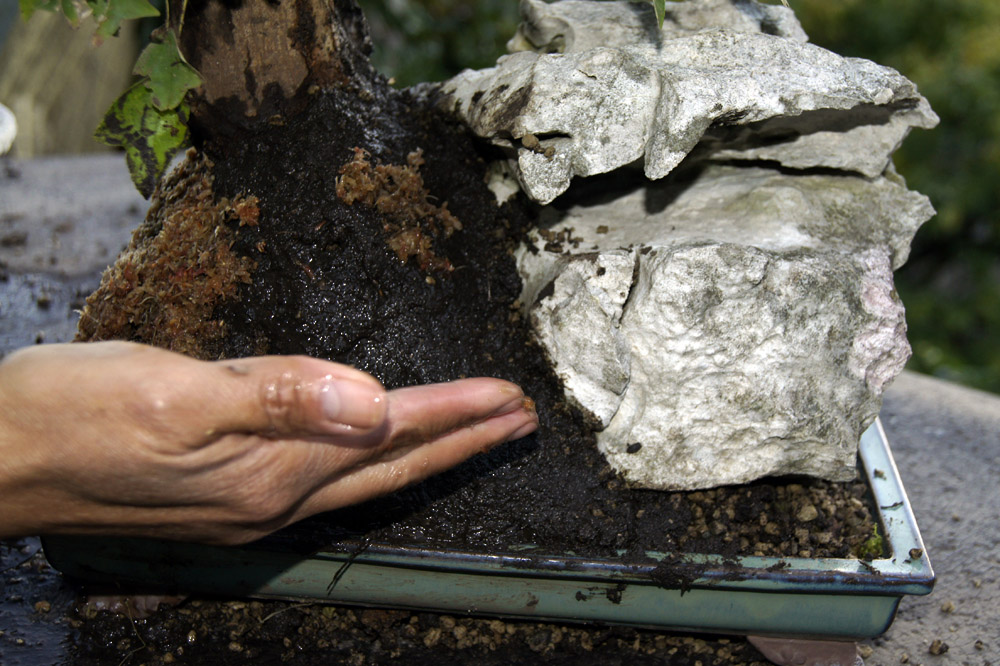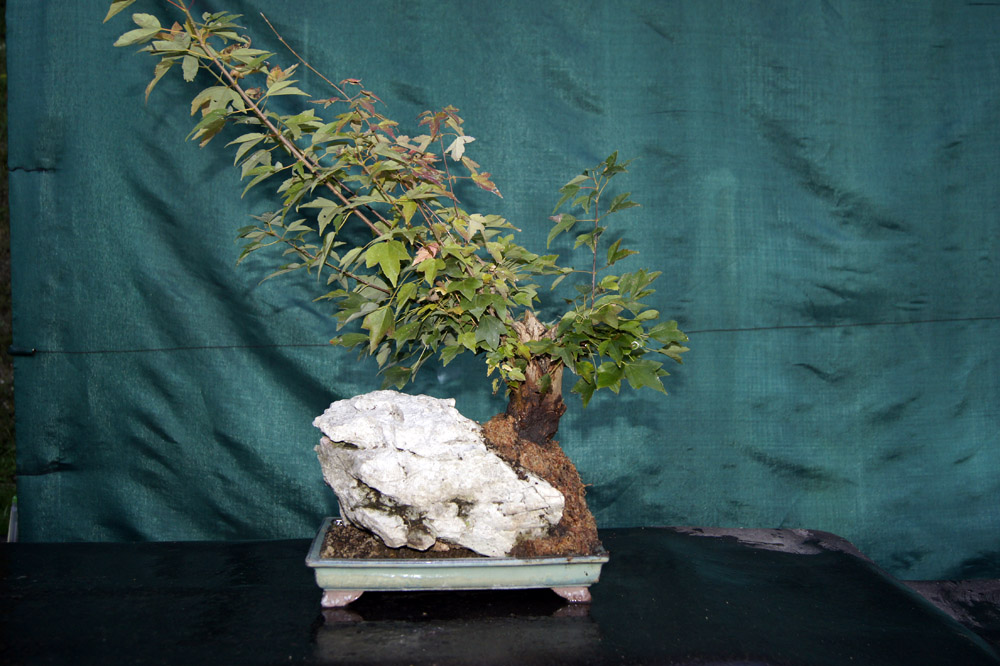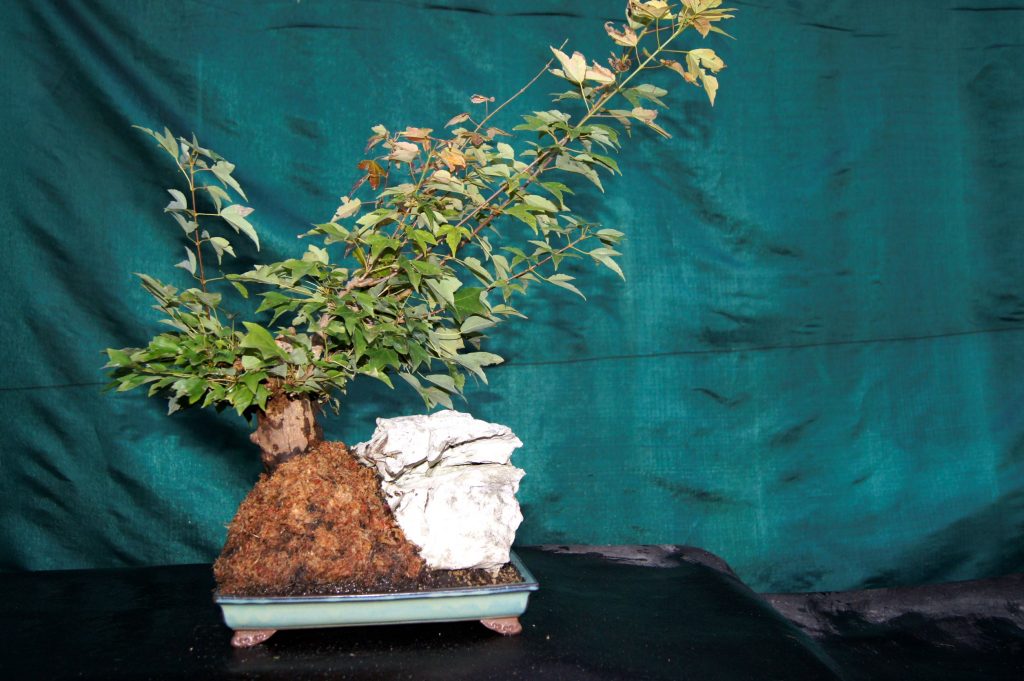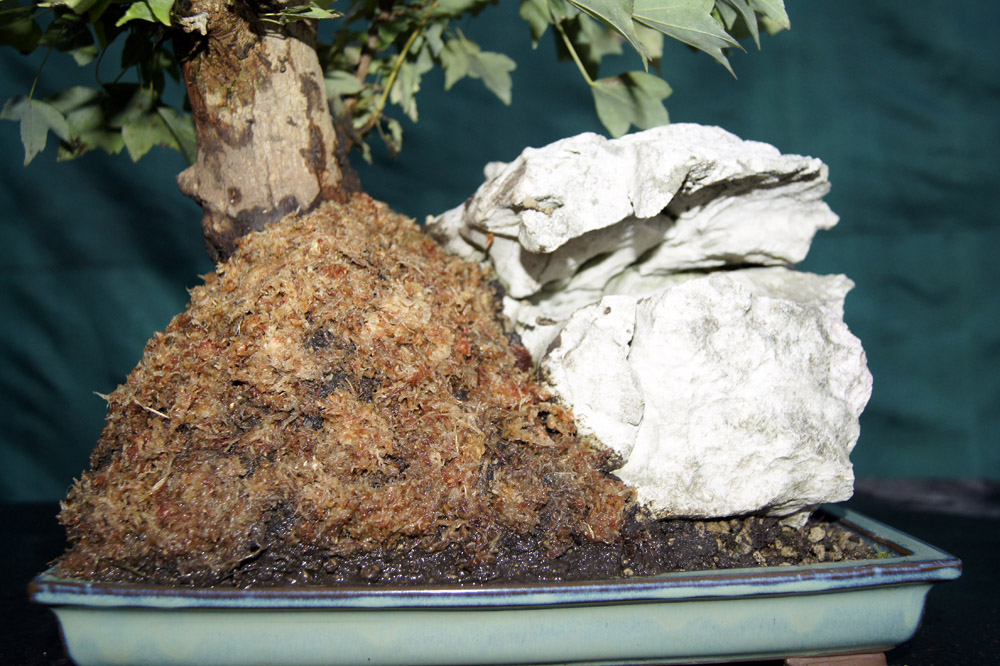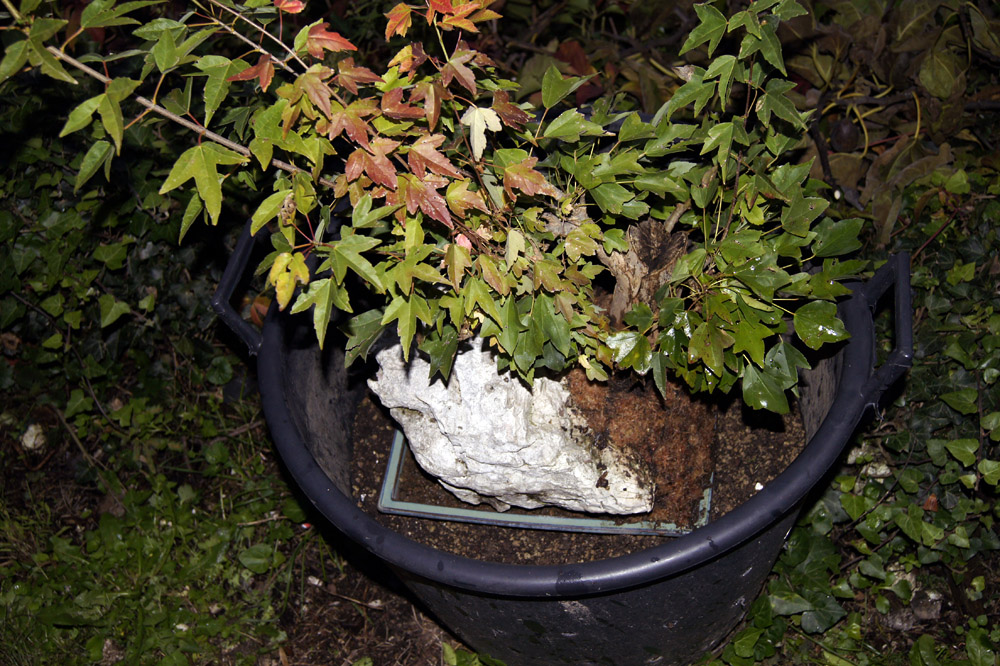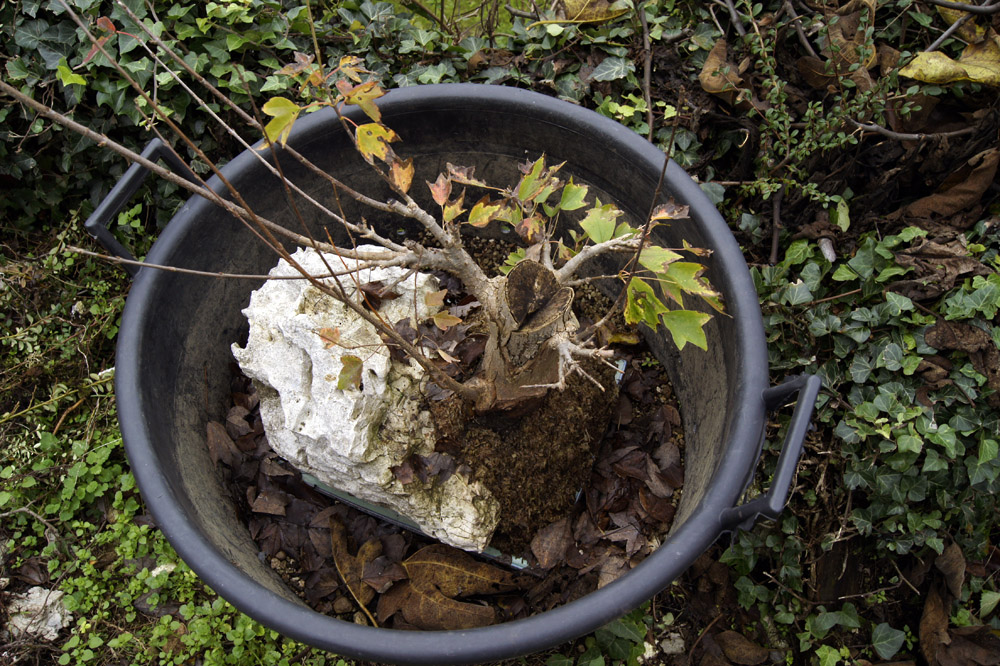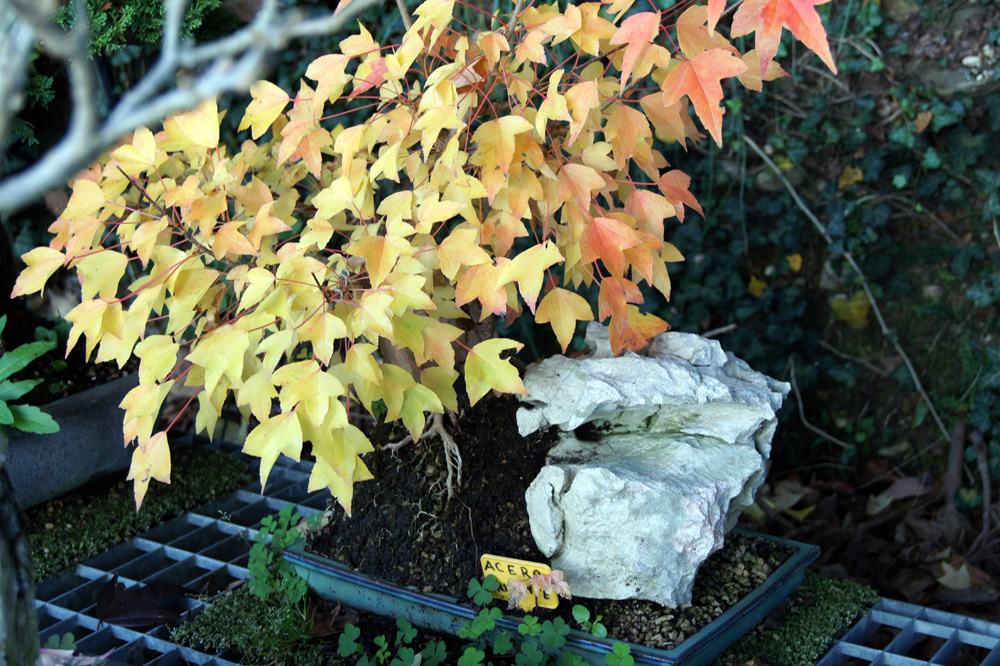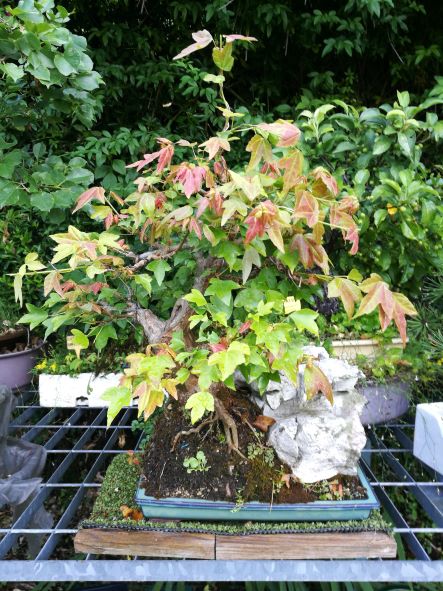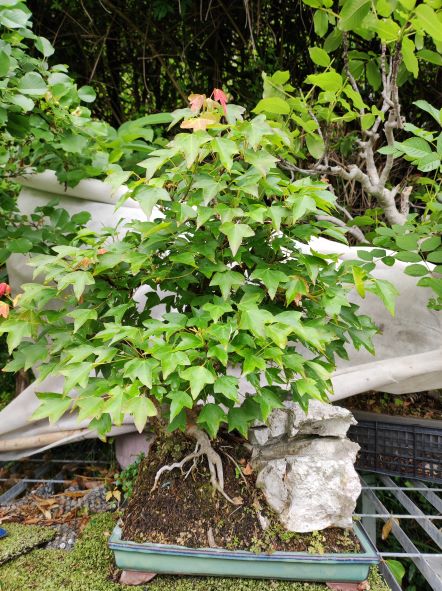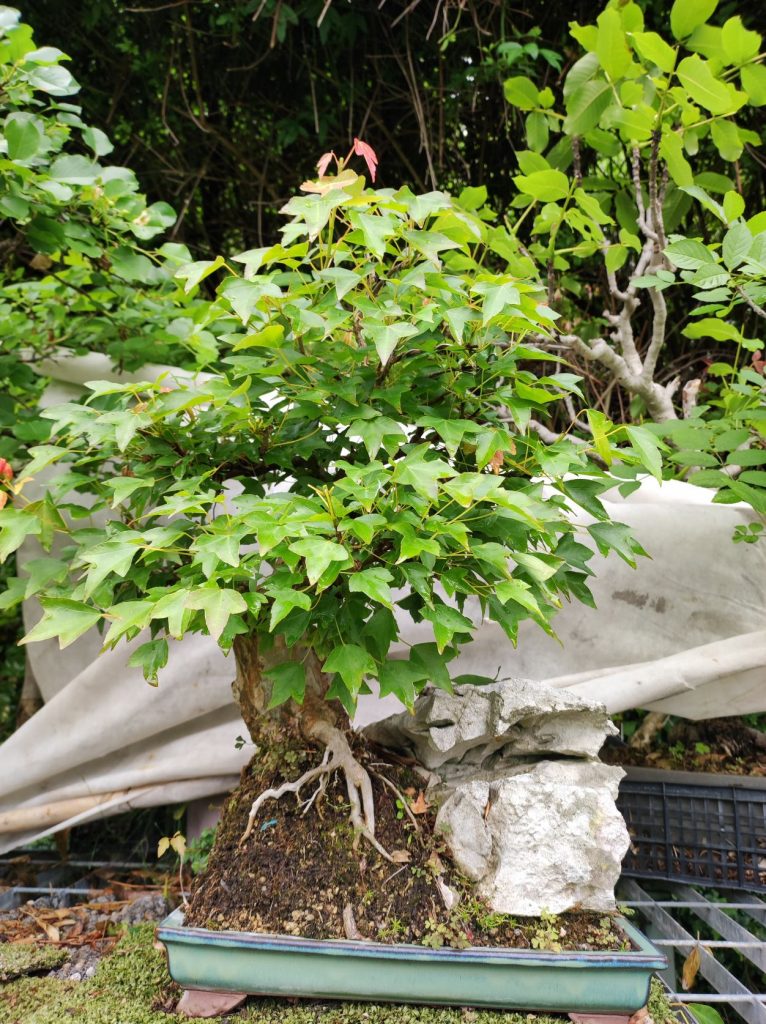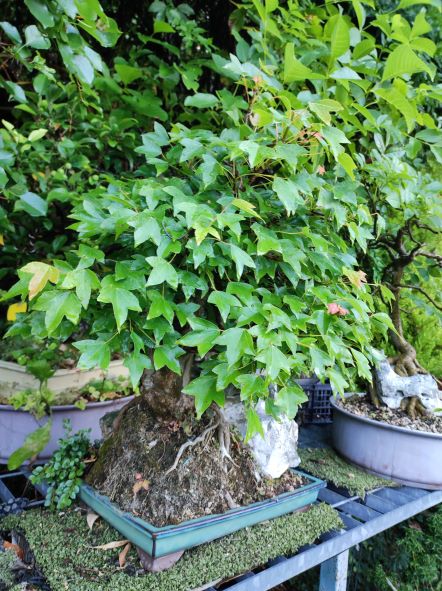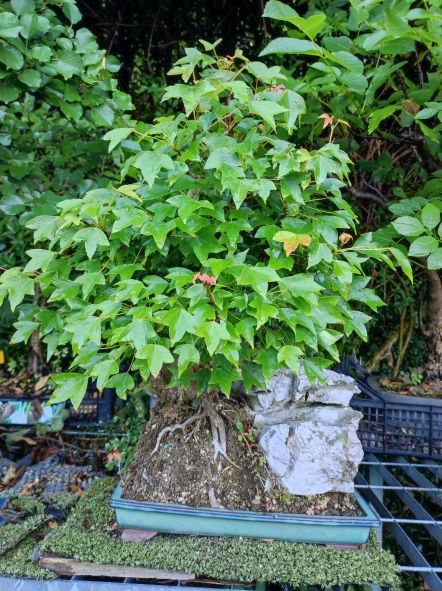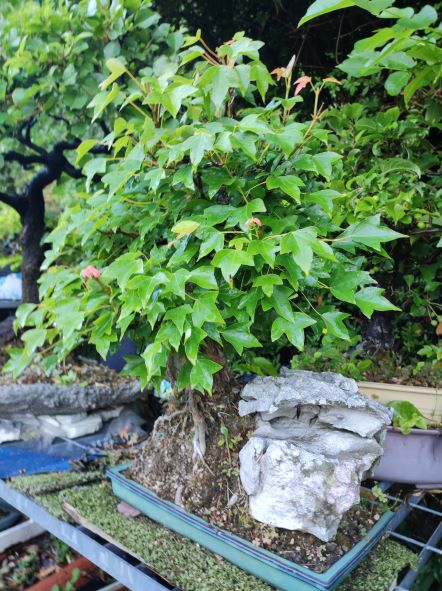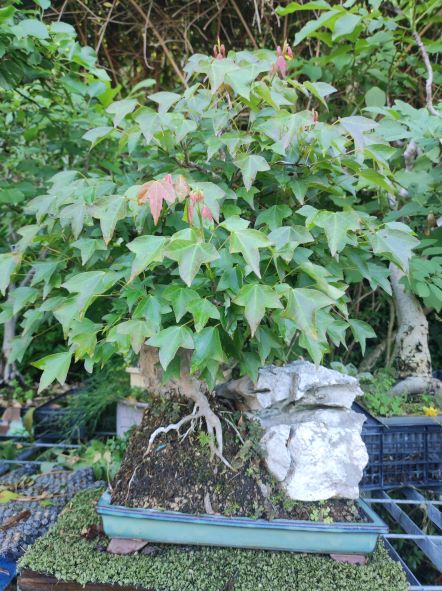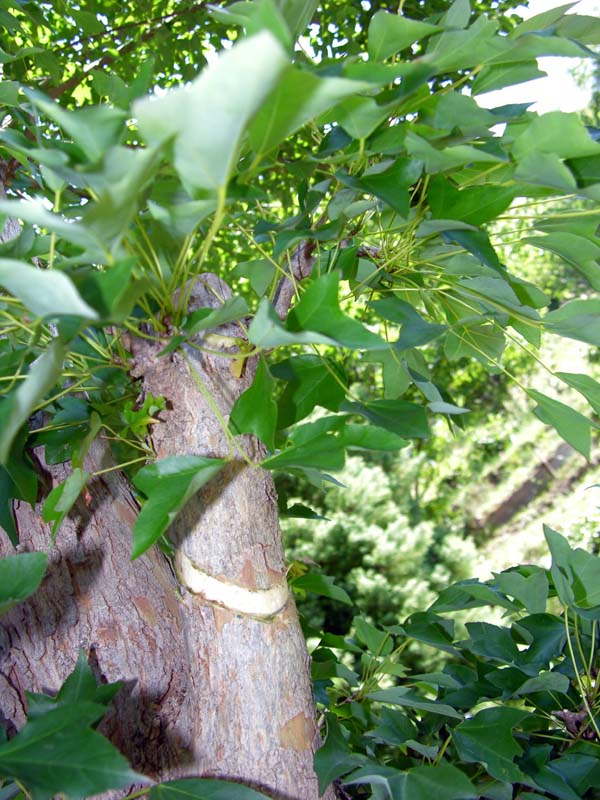ACERO TRIDENTE ABBARBICATO ALLA ROCCIA NELLO STILE ISHIZUKI.
Esistono tre forme fondamentali di Bonsai su roccia: Ishi-Zuki, Insho Gata-Ishi e Sekijoju.
Lo stile Ishi Zuki simula uno scenario roccioso alpestre o marino, dove i venti e le acque plasmano sia le rocce che gli alberi, ma può rappresentare anche quieti paesaggi rocciosi.
In questo stile, il sistema radicale viene collocato nelle cavità della roccia stessa e poiché essa funge da contenitore, è necessario farci stare il maggior quantitativo di terriccio possibile, poiché gli alberelli non andranno mai più rimossi.
La prima cosa da fare, è trovare una pietra di adeguate dimensioni e di aspetto gradevole. La pianta che verrà successivamente inserita, con il tempo dovrebbe assumere uno scenario naturale, nel quale ci sia un perfetto connubio fra la roccia e l’albero.
Poter assemblare in un anfratto roccioso, una pianta che abbia già “un tronco vissuto” non è per niente facile, ecco perché preferisco preparare un ramo di un certo spessore sull’albero, creando conicità e ramificazione ottimale. Solo dopo aver raggiunto l’obiettivo lo margotto.
La porzione del ramo ha raggiunto una buona ramificazione, e così, nel mese di maggio del 2011 decido di margottarlo. Solo nel marzo del 2013 ho potuto separare la margotta, producendo discrete radici verso l’esterno del tronco perché troppo vicino al tronco della pianta madre. Vedremo numerose immagini in sequenza, anche nel corso degli anni, fino al mese di luglio 2022, soddisfatto del risultato raggiunto di questa mia opera.
Enjoy!
TRIDENT MAPLE CLICKED TO THE ROCK IN THE ISHIZUKI STYLE.
There are three basic forms of rock Bonsai: Ishi-Zuki, Insho Gata-Ishi and Sekijoju.
The Ishi Zuki style simulates an alpine or marine rocky scenery, where winds and waters shape both rocks and trees, but can also represent quiet rocky landscapes.
In this style, the root system is placed in the cavities of the rock itself and since it acts as a container it, is necessary to keep as much soil as possible in it, since the saplings will never be removed again.
The first thing to do is to find a stone of adequate size and pleasant appearance. The plant that will subsequently be inserted, over time should assume a natural setting, in which there is a perfect union between the rock and the tree.
Being able to assemble a plant that already has “a lived trunk” in a rocky ravine is not easy at all, which is why I prefer to prepare a branch of a certain thickness on the tree, creating an optimal taper and branching. Only after having achieved the goal will it layered.
The portion of the branch has reached a good branching, and so, in May 2011, I decide to lay it out. Only in March 2013 was I able to separate the layering, producing discrete roots towards the outside of the trunk because they are too close to the trunk of the mother plant. We will see numerous images in sequence, even over the years, until July 2022, satisfied with the result achieved by my work.
Enjoy!


